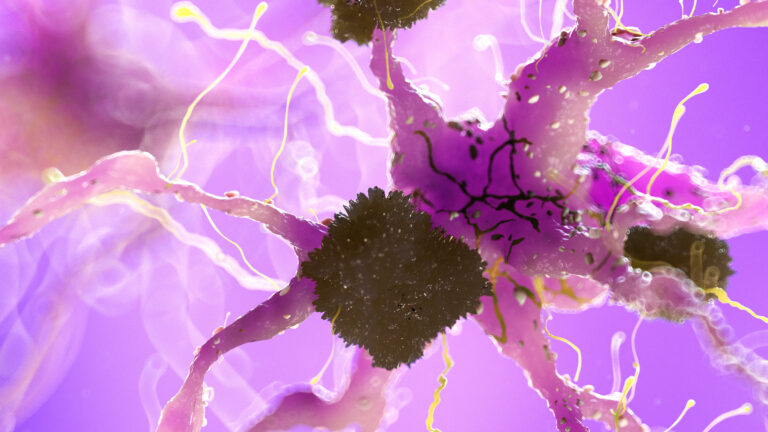Skin thinning with age significantly contributes to foot pain by reducing the natural protective barrier and cushioning of the feet, making them more vulnerable to injury, pressure, and discomfort. As the skin becomes thinner, drier, and less elastic, it loses its ability to absorb shock and protect underlying tissues, which increases the risk of cracks, sores, and infections that can cause or worsen foot pain.
With aging, the skin on the feet undergoes several changes. The outer layer becomes thinner, and the production of natural oils decreases, leading to dryness and cracking. This dryness can cause fissures, especially on weight-bearing areas like the heels, which can be painful and sometimes lead to infections if the skin breaks deeply. The loss of elasticity means the skin cannot stretch or recover as easily from pressure or minor injuries, making it more prone to damage during daily activities.
Moreover, the fat padding beneath the skin, which acts as a cushion to absorb the impact of walking and standing, also diminishes with age. This reduction in padding means that bones and joints in the feet bear more direct pressure, increasing discomfort and the likelihood of pain from conditions such as arthritis or plantar fasciitis. The thinner skin combined with less cushioning results in a decreased ability to protect the feet from mechanical stresses.
In addition to structural changes, aging skin heals more slowly due to reduced blood circulation. Poor circulation means less oxygen and fewer nutrients reach the skin and underlying tissues, impairing the repair process after minor injuries or pressure-related damage. This slower healing can prolong pain and increase the risk of chronic wounds or ulcers, especially in older adults with other health issues like diabetes or peripheral artery disease.
The thinning skin also reduces sensory feedback from the feet. Nerve endings may become less sensitive, which can mask early signs of injury or pressure points, allowing damage to worsen unnoticed. This lack of sensation can contribute to foot deformities and chronic pain because problems are not addressed promptly.
Furthermore, the combination of thinner skin, reduced fat padding, and weaker muscles and ligaments in the feet leads to structural changes such as flattening of the arches and widening of the feet. These changes alter the way weight is distributed across the foot, often increasing pressure on certain areas and causing pain. Foot deformities like bunions and hammertoes become more common, partly because the skin and soft tissues no longer provide adequate support or protection.
In summary, skin thinning with age contributes to foot pain by diminishing the foot’s natural protective layers and cushioning, increasing susceptibility to cracks, sores, and infections, slowing healing, reducing sensation, and promoting structural changes that alter weight distribution and increase pressure on vulnerable areas. These factors combine to make the feet more prone to discomfort and injury, highlighting the importance of proper foot care and attention as we age.





